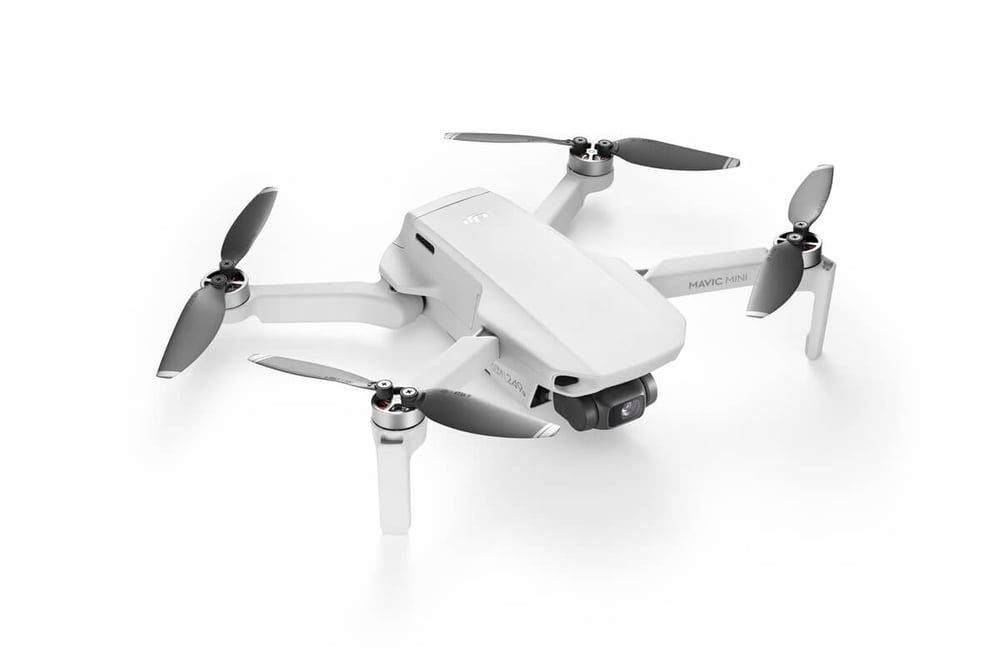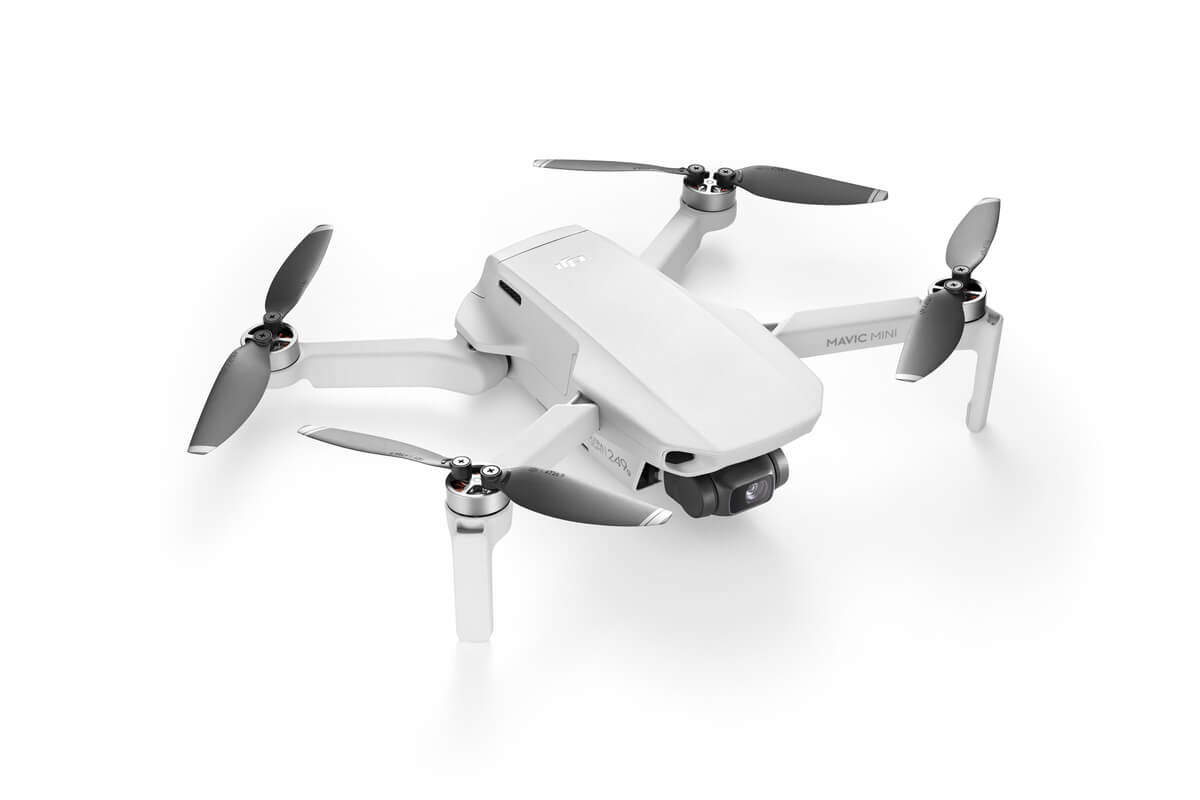DJI Mavic Mini Fly More Combo

Folks who buy a Mavic Mini aren’t likely to have owned another drone and probably don’t feel the need for a bigger, more sophisticated model. But it’s also unlikely they know the accessories needed to get the most out of their drone.

If that’s you, consider the $499 Mavic Mini Fly More Combo. It bundles the compact $399 Mavic Mini with the most usable, indispensible accessories, including two extra batteries, three pairs of extra propellers, full propeller guards, a two-way charging hub and a carry bag. At $100 more than for the Mini alone, that’s a steal.
This is a likeable, uncomplicated quadcopter producing images of reasonable quality. It’s so light that the Federal Aviation Administration doesn’t require registration, nice in an era that routinely ignores privacy.
Mavic Mini is a great choice for beginner pilots, teens, and people who really do little more with a camera than take snapshots. They have photos and videos of the kids, of themselves, of family and school events, of the people and places they’ve visited. They want memories, not works of art. Mini is the aerial version of their handheld point-and-shoot cameras.
That’s Mavic Mini’s role: It takes aerial snapshots, including selfies, and home movies—but pretty nice ones.
Flying the Mavic Mini
Mini is a capable if unspectacular flyer. It can hover with stability, handling winds up to about 17 mph. That’s about 5 mph less than the Mavic Air 2, but that bigger drone also has a much bigger price. Mini has plenty of oomph for a drone of this type, with a top speed of 29 mph.
The remote controller, in typical style, uses a pair of directional joysticks. The feel is good, and the smartphone is held firmly in place, making control easy.
The 2.48-mile range is optimistic where buildings and trees interfere with the signal. The tiny Mini is tough to see when it’s too far away, though, so that’s not really a negative, especially when the pilot is young.
Mini flies for about 25 minutes—shorter than its stated 30-minute maximum, but good. Here’s where the Fly More Combo’s two extra batteries pay off. Combined with the included third battery, they allowed me to fly for nearly an hour and a half one morning, interrupted by a few minutes on the ground to swap batteries. The combo’s battery hub helps replenish the multiple batteries conveniently. Drones in this price range—the $235 Hubsan Zino and $209 Eachine EX4—can’t stay aloft as long. The $499 FiMi X8 SE might get an extra 3 minutes.
The biggest drawback to flying Mini is its lack of obstacle avoidance. GPS gets Mini where you want it to go, and it has downward sensors to aid landing, but that unexpected branch or—ouch!—wall could be a problem. The combo does have propeller guards to protect the props if an obstacle interferes or a crash occurs. Prop guards aren’t everyone’s style statement, but with this drone, they’re a good idea for novice pilots.

Image Quality
If you’re going to come in at $399, something’s gotta go, and 4K video is the most obvious. Mini shoots at 2.7K, and then at only 30 frames per second. That won’t produce slow motion. But 1080p hi-def video can be shot at 60 fps if slo-mo is needed.
Mini video is shake-free thanks to its excellent three-axis gimbal. There’s no RAW format available, but few people who use a drone like this would ever take advantage of RAW’s extra editing power. Video really is of high enough quality, with good color saturation, for this drone’s intended use. Video is considerably better than what a Parrot Bebop 2 produces, for instance, and Bebop 2 is more than double the Mini’s price.
Stills are sharp at 12MP. At least one drone in this price range, the $499 Yuneec Mantis G 4K, will shoot at 13MP.
Mini performs several preprogrammed flights to aid video selfies, including Orbit, Dronie, Helix and Rocket. Watch where you use them because Mini will not detect obstacles as it performs stunts. And don’t wander, because there’s no Active Track—curious considering that the even smaller, cheaper DJI Spark has that feature. The Spark, though, has only a two-axis gimbal and can muster no more than 1080p.
Return to Home was one-button simple and effective, bringing the Mini back to its starting point and landing safely.
The Mini isn’t perfect, but it’s perfectly suited to its price and target buyer, particularly in the Fly More Combo. Besides, you can never argue with DJI reliability.
